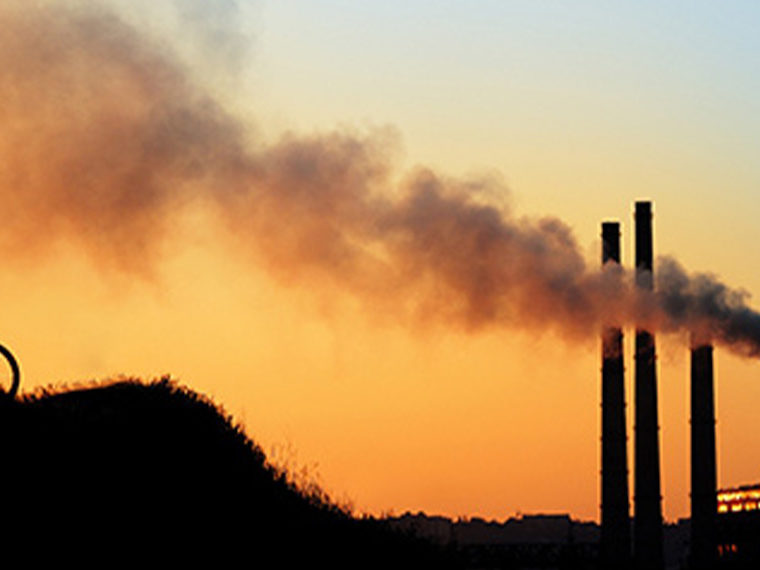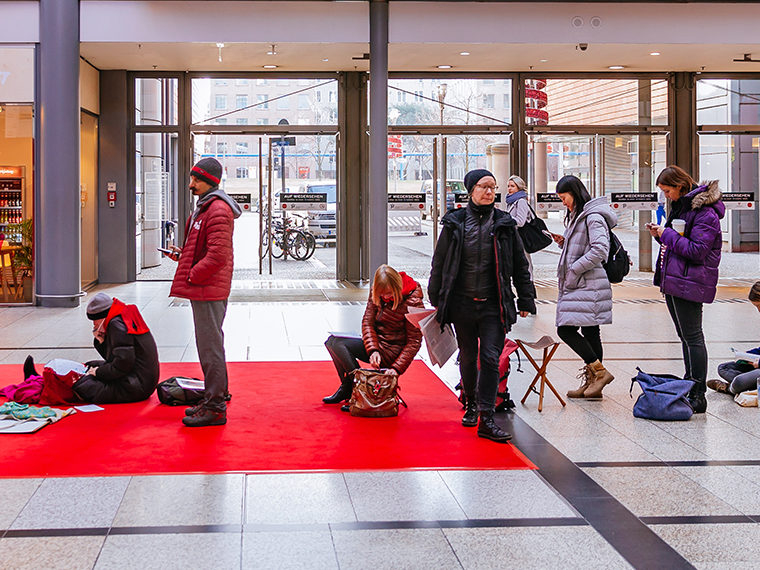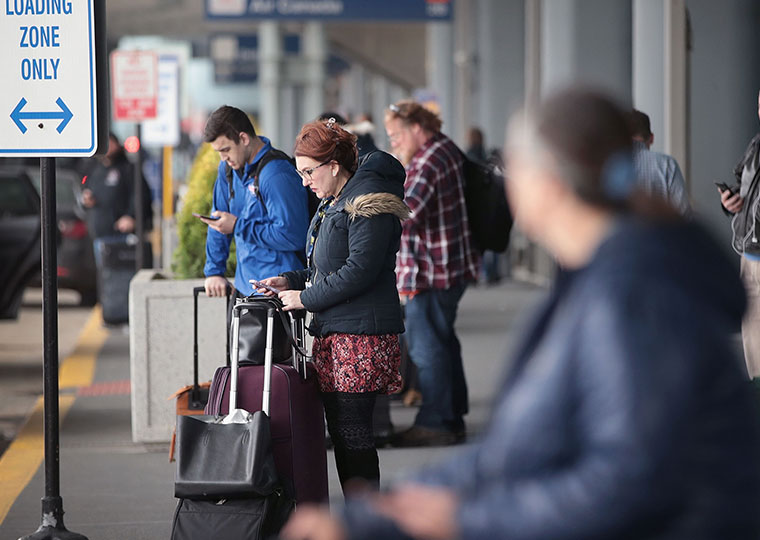A mathematical model analyzes incentives underlying surge-pricing schemes
Remember the complaints about $200 Uber rides on New Year’s Eve for trips that normally cost 20 bucks? Or the public indignation on behalf of the woman Uber charged $362.57 for a 20-minute ride on her birthday? Uber’s “surge” pricing draws drivers to work when demand for them is high, but it’s not particularly conducive to warm customer relations.
New research suggests Uber could reduce exorbitant pricing, and still get enough drivers on the road to optimize profits, by changing the way it sets and splits fares with drivers. A fluctuating pricing and payment formula that takes into account why demand rises and falls, and not just the size of the change, could lead to the highest possible profits for the company, according to findings by UCLA Anderson’s Sushil Bikhchandani.
Under Uber’s surge pricing, fares rise as a multiple of ordinary rates until there are enough drivers working to pick up waiting passengers. As a result, the price for a specific route may be $20 at 4:30, $50 an hour later, $35 10 minutes further out, and back to $20 shortly after. Although Uber keeps 20 percent of the fare at all times, surge pricing draws more drivers to work because their 80 percent cuts come from larger fares.
Opt In to the Review Monthly Email Update.
Bikhchandani builds a model in which an intermediary between a buyer and a seller sets a price that buyers pay. The intermediary keeps a percentage of the buyer price as a fee. The scenario mimics Uber’s, whereby an intermediary sets a fare and keeps 20 percent of it and passes on 80 percent to the driver. In Bikhchandani’s model, like Uber’s practice, the intermediary can see demand changes in real time and adjust fares accordingly. Unlike in Uber’s practice, the intermediary also adjusts the percentage fee according to demand.
According to the study, Uber could more easily fulfill demand — and, consequently, diminish the likelihood that fares surge to extremes — by giving drivers a bigger cut of the fare when the number of waiting riders is high. An 85 percent cut of a surge fare, for example, is a bigger incentive for an Uber driver to work rush hour than the standard 80 percent cut is.
The study also suggests that Uber can maintain the higher surge fares and increase the percent of the fare it keeps at times when the sheer number of waiting passengers isn’t particularly high but when these passengers have a greater willingness to pay. Passengers are willing to pay higher fares for rides during foul weather and very late at night, the study notes, but Uber doesn’t need to attract large numbers of drivers to fulfill this demand.
Bikhchandani’s findings parallel those of another recent working paper by a group of researchers that studied data from Didi, a Chinese version of Uber. In the Didi study — by UC Irvine Merage’s Jiaru Bai and Kut C. So, UCLA Anderson’s Christopher Tang, Xiqun (Michael) Chen of College of Civil Engineering (Hangzhou, China) and Singapore Management University’s Hai Wang a fluctuating payout ratio between the company and drivers led to higher profits than the fixed 80/20 percent split. Like Bikhchandani, they found that a smaller cut for the company during times when many riders were waiting, and a higher cut at slack times, led to optimal profits.
The Bikhchandani study also discusses reasons Uber might resist fluctuating splits, even when they do lead to higher profits.
If driver percentages rise during rush hour, drivers may resent giving up shares at other times surge pricing is in effect, such as late at night, the study states. Many Uber drivers also work for competitors, including Lyft, that also use fixed percentage splits. Uncompetitive percentages at any time could send drivers to competitors.
Constantly fine-tuning the fares and the driver splits also might hurt the company in its legal battles, the study notes. Uber is fighting lawsuits with some drivers who say the company is an employer, not an intermediary between buyers and sellers, and is therefore required to provide certain benefits. An important consideration in these lawsuits is whether Uber has the ability to control pricing and payments to drivers.
Featured Faculty
-
Sushil Bikhchandani
Professor of Decisions, Operations, and Technology Management; Professor of Strategy; Howard Noble Chair in Management
About the Research
Bikhchandani, S. (2017). Intermediated surge pricing.





